MAIN INGREDIENTS
Truchas a la Navarra is a traditional fish dish originating from Navarre. The dish is made with a combination of trout, jamón serrano, flour, lemon, parsley, olive oil, and salt. The trout is seasoned with salt, dredged in flour, and fried in olive oil until golden and just cooked through.
It is then stuffed with sautéed jamón serrano pieces and lemon juice is squeezed over the fish. Before serving, this Navarra-style trout is typically dusted with chopped jamón and parsley.
MAIN INGREDIENTS
Bocadillo de carne de caballo is a traditional sandwich that’s filled with horse meat. Typically, a Spanish-style baguette called barra de pan is sliced in half lengthwise, and it is then stuffed with pieces of roasted, fried, or grilled horse meat.
Other common ingredients added to the sandwich’s filling include young garlic, slices of cheese, crispy-fried bacon, beans, and onions. This variety of the Spanish bocadillo sandwich is typically served with accompaniments such as a glass of cold beer or red wine, a cup of coffee, olives, and peanuts on the side.
OTHER VARIATIONS OF Bocadillos
MAIN INGREDIENTS
Tortilla a la paisana is a country-style variety of a Spanish omelet. It's made with the same ingredients (eggs, potatoes, salt, oil, and sometimes onions) with the addition of vegetables and jamón serrano. The vegetables used in tortilla a la paisana are usually bell peppers, peas, asparagus, and zucchinis.
The ingredients are mixed together and fried as an omelet, which is later served sliced into smaller portions. The dish can be served warm, at room temperature, or even cold.
OTHER VARIATIONS OF Omelet
MAIN INGREDIENTS
Angulas a la cazuela is a traditional dish originating from the Basque Country. The dish is usually made with a combination of rare and expensive angulas (baby eels), garlic, hot pepper flakes, olive oil, and salt. The garlic and pepper flakes are sautéed in olive oil in a cazuela (shallow earthenware pot).
The angulas are then added to the cazuela, seasoned, and cooked until they become hot and sizzling. The dish is served straight out of the cazuela and it's traditionally eaten with a wooden fork.
OTHER VARIATIONS OF Tapas
MAIN INGREDIENTS
Faves a la Catalana is a traditional dish originating from Catalonia. The dish is made with fava beans (broad beans) that are cooked in stock with a bit of botifarra negra (blood sausage). Apart from those key ingredients, the dish also contains bacon, onions, garlic, tomatoes, white wine, olive oil, and paprika.
Faves a la Catalana was prepared since ancient times, and some of the recipes date back to the mid-19th century. Nowadays, this hearty stew is typically consumed during the harvest season (from February to late June), and it's traditionally served in an earthenware dish.
Gachas is an ancient, traditional Spanish dish consisting of a few basic ingredients: flour, water, salt, olive oil, and garlic. In the past, it was a staple dish among shepherds and farmers, but today it is popular throughout the country. Its texture can vary from soup-like to pie-thick with a golden-brown crust, depending on the method of preparation.
The dish is served warm, and some cooks like to add saffron, paprika, or fried onions in order to improve the flavors.
Huesos de santo or saint’s bones is a Spanish finger-shaped treat that is traditionally prepared for All Saints’ Day. The name comes from the visual appearance – this sweet treat looks like a white bone on the outside, which is actually marzipan paste, while the interior hides a sticky yellow filling made with beaten egg yolks and sugar.
Although the combination of egg yolks and sugar is the traditional filling, huesos de santo can also be filled with chocolate, coconut, cream, and similar sweet ingredients.
As the name suggests, this traditional dessert hails from the city of Córdoba. The cake consists of two layers of flaky puff pastry and a filling made from threaded squash jam, also known as cabell d’ángel or angel’s hair. The filling is traditionally made from Figleaf gourd, while the original version also includes an unusual addition of diced ham.
Before it is served, the cake is usually dusted with cinnamon and sprinkled with sugar. It can be enjoyed warm or chilled, and it is typically served with a dollop of whipped cream or vanilla ice cream. On November 17, people from Córdoba celebrate the national Pastel Cordobés Day when free portions of the cake are provided for all the attendees, while one of the most popular versions of the cake is found in the monastery of Santa Isabel de los Ángeles in Córdoba.
Caldo de papas is a hearty soup hailing from the Canary Islands. It is made with a combination of onions, potatoes, tomatoes, bell peppers, cilantro, saffron, and eggs. The soup is slowly simmered until the potatoes are fully cooked, and it is then finished by cracking a few raw eggs into the pot.
The final result is a starchy and thick soup which should, ideally, be served in warmed bowls.
Warm and comforting, porrusalda is a traditional Basque soup made with vegetables such as carrots, potatoes, leeks, and onions. The soup is flavored with garlic and salt, while dried salt-cod is sometimes added to porrusalda in order to enhance its flavors.
Although it is a Basque dish, the soup is more commonly consumed in other parts of Spain such as La Rioja and Castilla y León. It is recommended to garnish this hearty soup with some chopped parsley before serving.
TasteAtlas food rankings are based on the ratings of the TasteAtlas audience, with a series of mechanisms that recognize real users and that ignore bot, nationalist or local patriotic ratings, and give additional value to the ratings of users that the system recognizes as knowledgeable. For the “100 Worst Rated Spanish Foods” list until April 20, 2025, 22,047 ratings were recorded, of which 17,613 were recognized by the system as legitimate. TasteAtlas Rankings should not be seen as the final global conclusion about food. Their purpose is to promote excellent local foods, instill pride in traditional dishes, and arouse curiosity about dishes you haven’t tried.
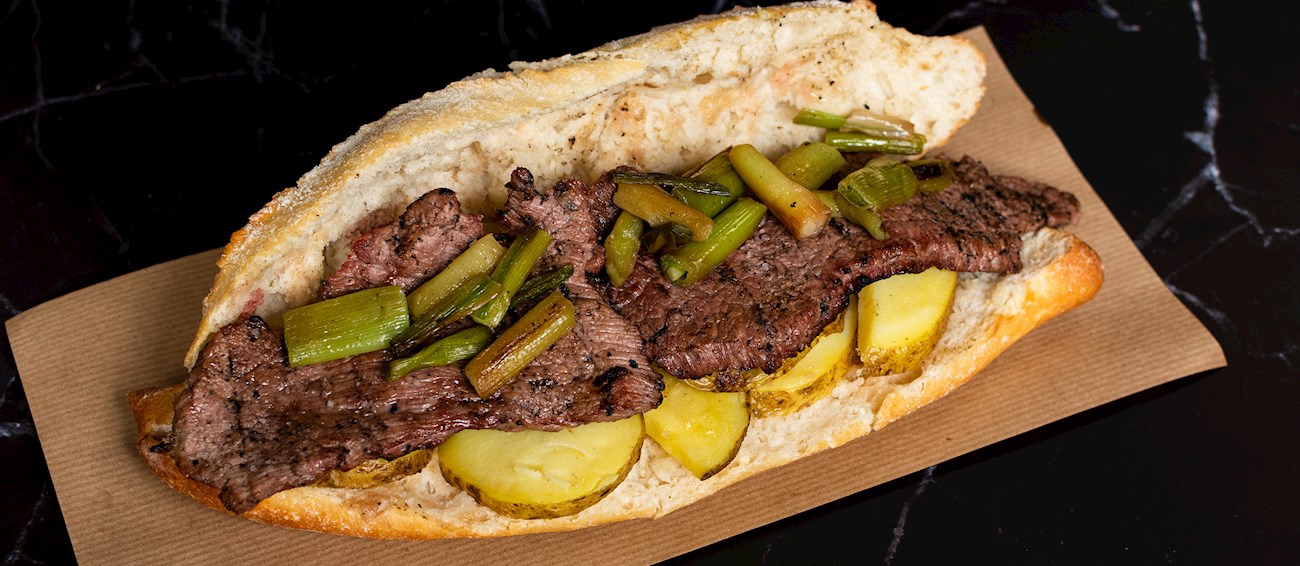









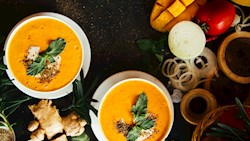






























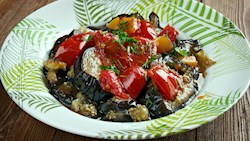










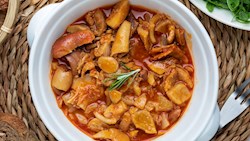
















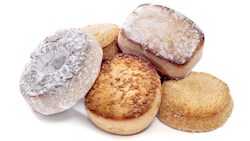















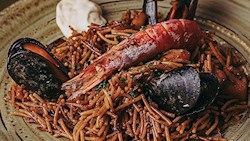




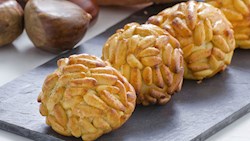



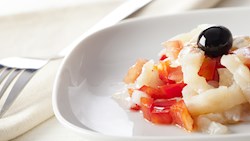






Still better than 97% of non-mediterranean cuisines